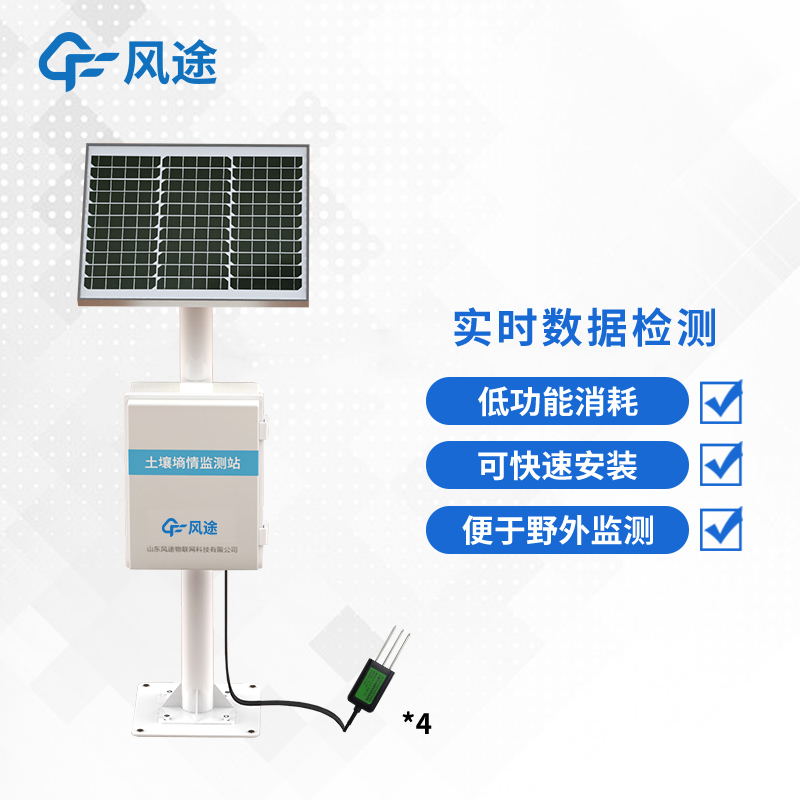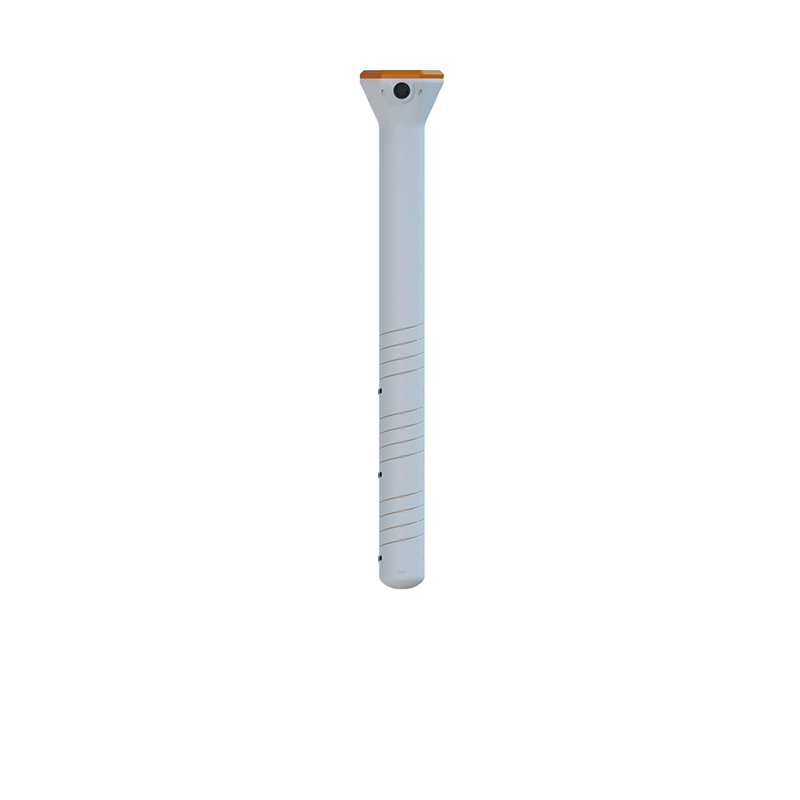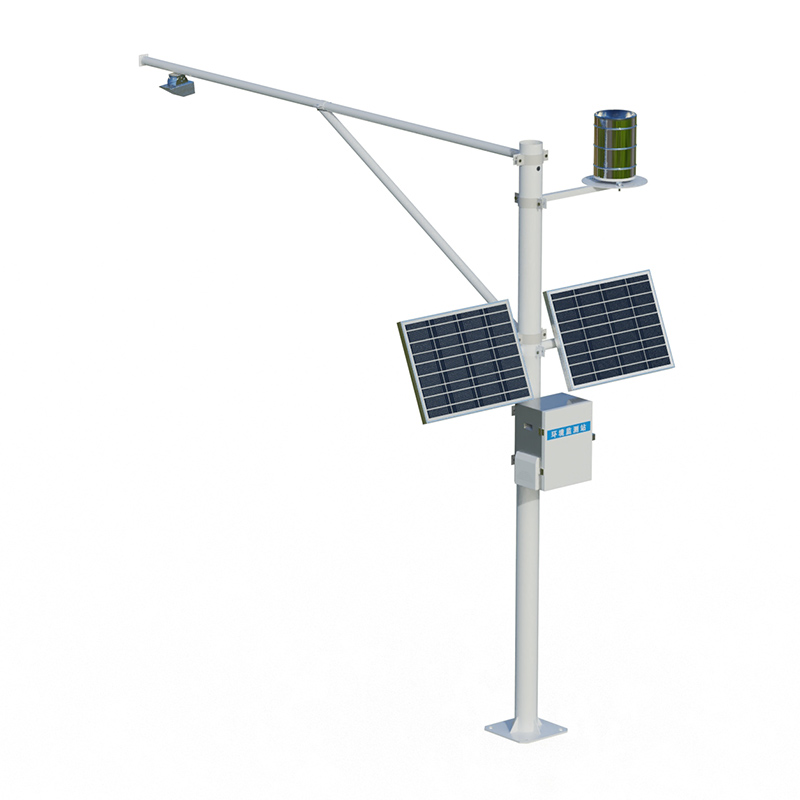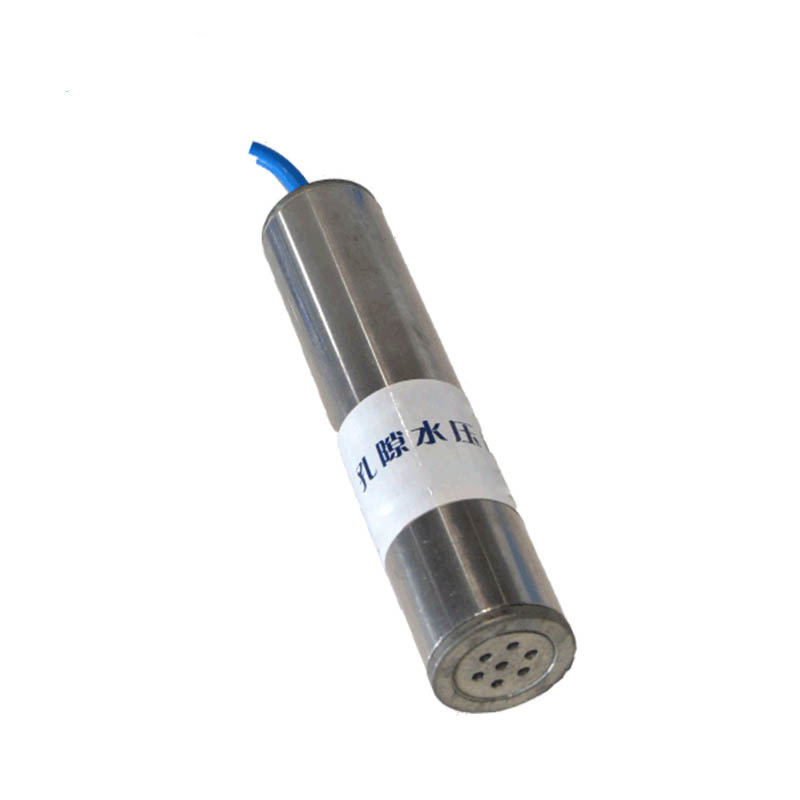Soil moisture comparison measurement refers to the process of comparing, measuring, and analyzing soil moisture data obtained by different methods or devices.
In soil moisture monitoring work, traditional manual sampling has high accuracy but suffers from problems such as insufficient timeliness and limited coverage. Therefore, Soil moisture monitoring equipment is being increasingly widely used. To ensure the high - precision and high - stability operation of automatic monitoring equipment, soil moisture comparison measurement is required. For example, comparing the data of Soil moisture monitoring equipment with the water content data measured by the manual soil sampling and oven - drying method, or comparing the data of automatic soil moisture monitoring equipment of different models and from different manufacturers with each other. By analyzing the comparison measurement data, the accuracy and reliability of automatic monitoring equipment can be understood. For stations with excessive errors, relevant work such as re - comparison measurement, equipment parameter optimization, and adjustment can be carried out to ensure the quality of soil moisture monitoring data and provide accurate bases for precise policies on farmland irrigation water, flood control and drought relief, as well as scientific agricultural decision - making.
Soil moisture monitoring equipment is a device that can automatically and continuously monitor soil moisture. It generally consists of components such as sensors, data collectors, communication modules, and power supply systems.
The sensors are responsible for monitoring soil temperature and humidity data. There are capacitive and TDR - type soil moisture sensors. Capacitive sensors measure the water content by sensing changes in the soil dielectric constant, featuring high accuracy and fast response. TDR - type sensors use the relationship between the propagation speed of electromagnetic waves and the water content, causing little disturbance to the soil and having strong stability. Soil temperature sensors use the principle of thermistors to accurately measure the soil temperature at different depths.
The data collector collects sensor signals at preset intervals, converts analog signals into digital signals for storage, and screens and verifies the data, eliminating abnormal values. The communication module enables remote data transmission. Wireless GPRS uses the mobile network for real - time and stable transmission, unrestricted by distance. NB - IoT has low power consumption, wide coverage, and strong penetration. Wired Ethernet is used in places where high transmission stability is required and wiring is convenient to ensure high - speed and stable transmission.
The power supply system is divided into solar power supply and mains power supply. The solar power supply system includes solar panels, batteries, and controllers. During the day, the solar panels supply power and charge the batteries for use at night or on rainy days. It is environmentally friendly and self - sufficient, suitable for remote areas or places where it is difficult to access the mains. Mains power supply is used in areas with stable power supply, and the equipment is powered by connecting to the power grid.

This paper addresses:https://fengtusz.com/industry/693.html









